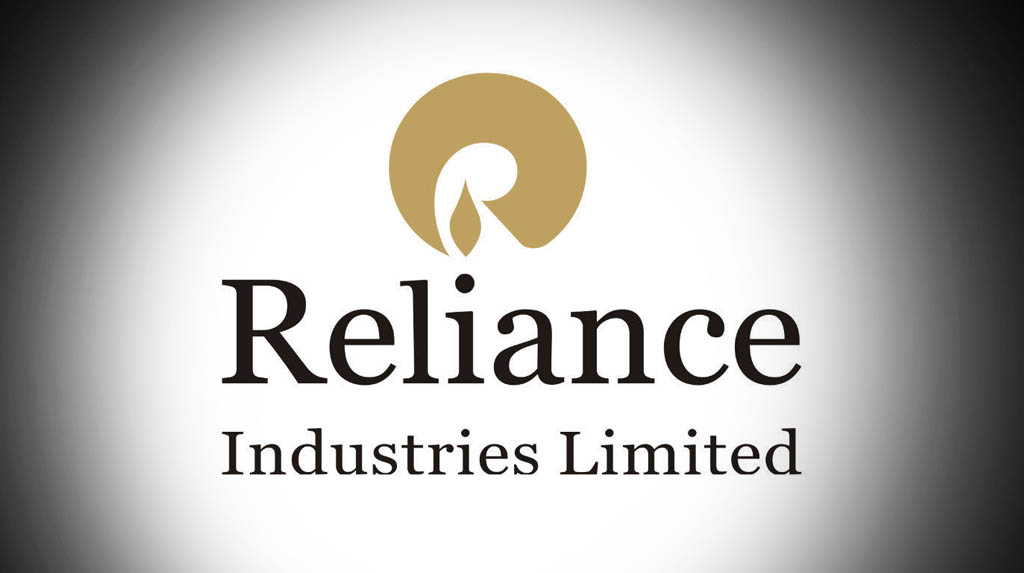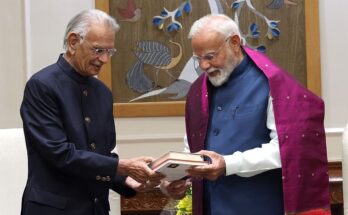New Delhi: The India internet market share is likely to shift in favour of Reliance Industries Limited (RIL), in part due to Facebook’s traffic dominance and this partnership has the right building blocks to create a WeChat-like ‘Super App’, said Goldman Sachs in a research report.
“We believe the recent Reliance Industries (RIL) and Facebook partnership could increase monetization levels of India internet, and garner 25% of all internet Gross Transaction Value (GTV) by FY25,” Goldman Sachs said.
“With a user base of 400 million plus in India, and three out of the top five apps in the country (in terms of Daily Active Users and time spent), we believe Facebook, along with its partner RIL, can bring more transacting users (100 million currently) into the fold, especially in e-commerce, the largest internet category,” the report said.
The key question remains whether a ‘Super App’, similar to WeChat in China, can emerge in India. “Existing players have so far been largely unsuccessful; however, we believe Facebook and RIL have the right building blocks to create a platform with both high engagement and monetization, but execution remains key,” it said.
“In our base case, we expect 25% of all internet GTV to be driven by a potential Super App (including RIL apps) by FY25, while in our blue sky scenario we expect 35% internet GTV and 50%+ of digital payments volumes to be driven by a potential Super App (incl. RIL apps) by FY25. We believe RIL would increasingly try to play a role across the consumer spectrum, including telecom network, devices, operating system and apps,” Goldman Sachs said.
The recent RIL and Facebook partnership can potentially increase the monetization levels of India internet as consumers in the relatively higher income bands (Urban Mass and Urban Middle) are monetized through transactions – redirecting traffic from social media to e-commerce, O2O, financial services.
Consumers in relatively lower income bands are monetized through advertisements – social media, entertainment “We believe the partnership between RIL (Reliance Industries) and Facebook announced in April 2020 could change this, and potentially result in creation of a so-called ‘Super App’, with monetization capabilities across several verticals. We also expect consolidation to be a key theme within India internet over the next five years,” the report said.
It expects e-commerce (including grocery) to be the biggest battleground for India internet companies, with a potential addressable market of $ 112 billion by FY25 (.60% of India internet). Within this segment, Amazon, Flipkart/Walmart and RIL to be the key players, with RIL’s push initially likely to be in grocery/FMCG, and over time into categories such as apparel and electronics. “We expect 3-4 players to co-exist in India e-commerce, given the size of the vertical,” the report said.
“We believe RIL’s existing dominance in telecom and offline retail, combined with the online traffic dominance of its partner Facebook, can create the fastest growing internet platform in India,” it said.
“Within e-commerce, we forecast RIL online GMV to reach $35 billion in FY25E with a 31 per cent market share, driven by a 51 per cent market share in online groceries. In addition, we believe RIL is well-positioned to monetize verticals such as entertainment, gaming and education, with additional potential upside in a blue sky scenario from O2O businesses and fintech,” it said.
The report said the strategic rationale for Facebook’s investment in Jio Platforms earlier this year was to begin monetizing WhatsApp’s large user base in India via payments/e-commerce.
In its 1QCY20 earnings call, Facebook mentioned it will be leveraging its partnership with Jio Mart to enable commerce for small businesses, and also online payments through WhatsApp.
Goldman Sachs estimates e-commerce and mobile payments in India to be a $ 1 trillion market by FY25 (total transaction value, including P2P); WhatsApp and Jio Mart have already launched grocery delivery on their platform, and RIL recently announced expansion of Jio Mart into categories such as fashion, electronics.
Google recently announced the acquisition of a 7.73 per cent stake in Reliance Industries’ subsidiary Jio Platforms for $4.5 billion), and RIL mentioned that the focus of the partnership will be on developing low cost 4G/5G smartphones.
“We believe this could be a step towards Google’s efforts in deepening the penetration of Android operating system in India”, the report said.
India has 300 million feature phones (non-Android phones at $10-15 price points vs $50-60 starting price of smartphones), and if Jio and Google were to capture a subset of this segment, Google could get an opportunity to monetize these consumers through advertisements (YouTube, search, etc.), in addition to access to data of consumers in the mid-to-low income level segment in India.
“We also believe there is potential for Google and RIL to potentially partner for JioPhone operating systems (currently 100 million plus in number),” it said.
“We believe WhatsApp/FB and Reliance Industries may also enter newer verticals over time to build consumer use cases. While RIL already has a presence across retail, entertainment, and payments (through Jio Payments Bank), we believe for verticals such as travel, food delivery, ride-hailing, etc., RIL/FB could potentially take a partnership approach. This could either be in the form of tie-ups with platforms or through investments in some of the dominant platforms in these verticals, an approach similar to that taken by Tencent in China”, Goldman Sachs said.
In fact, during its recent AGM, RIL announced potential integration with Indian startups, including helping them with distribution/marketing and access to capital. RIL/FB can then direct traffic from their potential Super App to these verticals, and monetize it through a share of the commissions, which we believe can be in the range of 2-3 per cent (slightly higher than the 1-2 per cent commissions of WeChat, given a more fragmented market structure in India).




